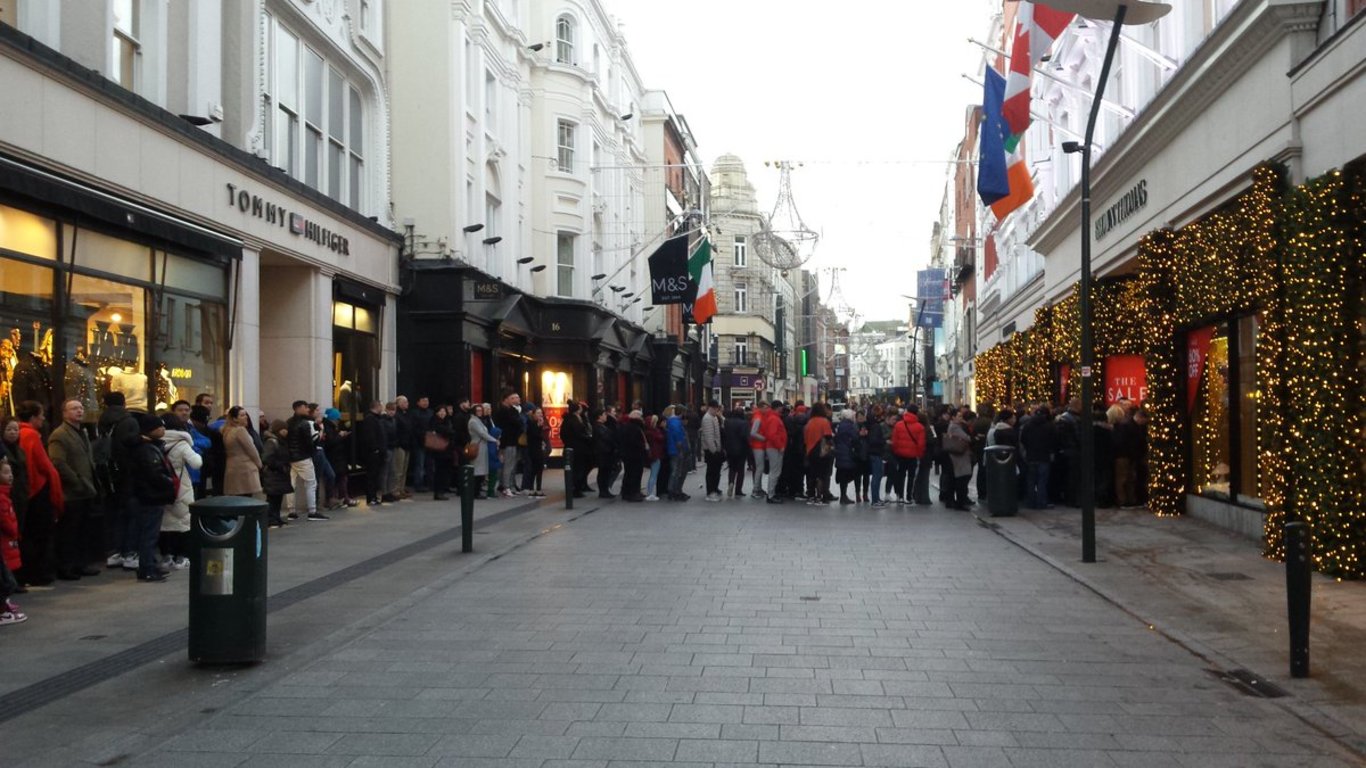Fewer Irish shops are going to the wall as the high street recovers
There was a big drop in insolvencies in the retail industry last year.
FEWER SHOPS BECAME insolvent last year, new figures show, as conditions on the high street continue to improve.
According to the latest insolvency statistics published by InsolvencyJournal.ie, there were 1,032 corporate insolvencies in 2016. This represents a slight decrease of 2% on the tally for 2015, when there were 1,049 companies that could not afford to pay their debts.
However Deloitte, which provides the insolvency figures, said that there were some “striking differences” across industries. Most notably on the positive side, there were 96 retail insolvencies during 2016, a big 38% drop on the 154 recorded in 2015.
Speaking to Fora, David Van Dessel, partner in Deloitte restructuring services, said that this was likely due to a busier high street.
“Nothing else fundamental has changed. In general, rents haven’t fallen and neither have wages,” he said.
“If you look at a typical retail business, the only other thing that can change is the top line. Some stats show that the volume of retail sales increased last year on the back of discounting, although value per unit was falling. It would suggest that there is an improvement in sales turnover.”
Figures released by the Central Statistics Office last week showed that underlying sales, which exclude car sales, rose by 3.1% in November, and climbed 4.9% year-on-year.
Improving economy
Van Dessel did caution that the retail statistics were not broken down by region, so it is not possible to tell if there were fewer insolvencies in some parts of the country compared to others.
He also said that during the Celtic Tiger many small shops were built as part of larger developments. He said in recent years many of these would have gone out of business, which may have resulted in more insolvencies in previous years.
 Shoppers on Grafton Street
Shoppers on Grafton Street
He added: “I wouldn’t be surprised if there was a small decrease again in 2017. I think the signs are that we are in an improving economy and that should lead to less retail insolvencies.”
Service insolvencies
Despite the slight decline in insolvencies overall, not all industries had a more positive 2016. The service sector recorded the most corporate insolvencies last year, with 329, up by a massive 65% from last year’s figure of 200 insolvencies.
Van Dessel said while this increase in the service sector failures “may seem counter-intuitive, it often occurs as the economy emerges from a recession”.
“Many companies have spent so long in survival mode that when orders do start to finally come through they often rush to take advantage and can end up over-trading and running out of cash,” he said.
“This problem is compounded by the difficulty companies can still face accessing financing and loan facilities and this can be fatal.”
Examinership
Deloitte also highlighted the “disappointingly low” levels of examinerships, a process where an insolvent company gets protection from its creditors and time to try to turn its business around.
In 2016 just 15 examiners were appointed, representing 1% of insolvency appointments in the period.
“This level of examinership take-up is consistent with the comparable periods and shows that the introduction of the new legislation in early 2014 has not had the intended effect of encouraging more struggling SMEs to avail of this more cost-effective and accessible option,” Deloitte said.






